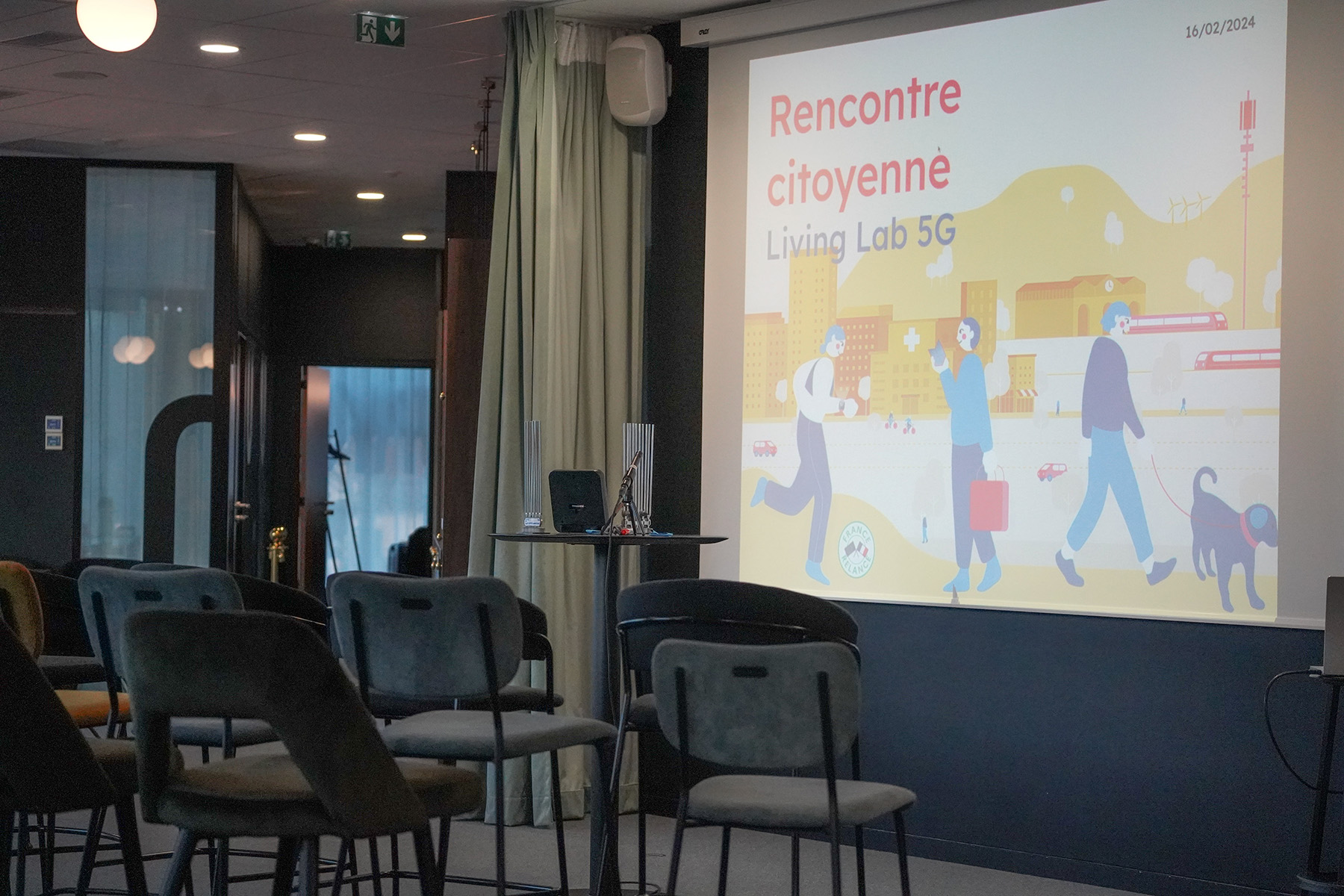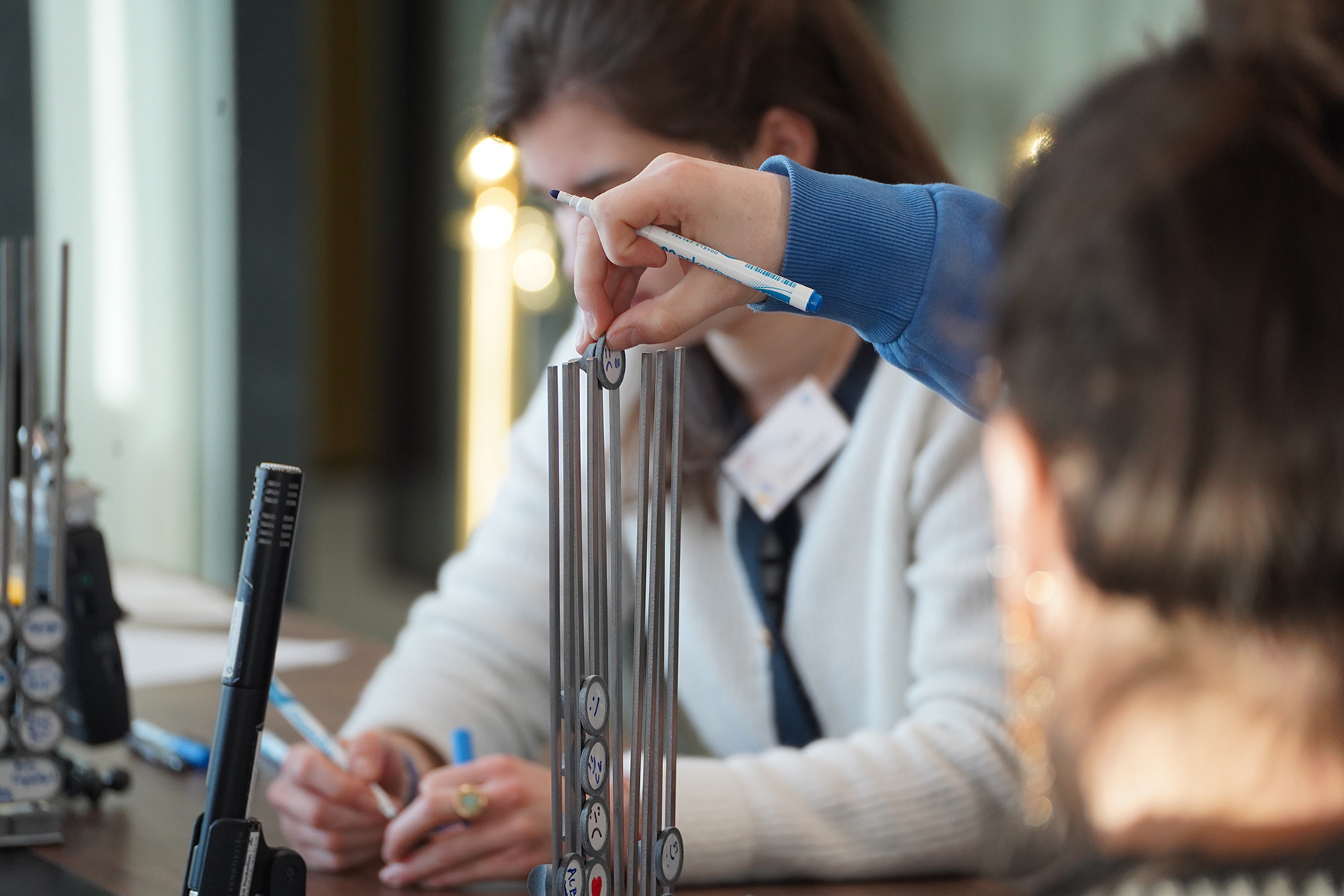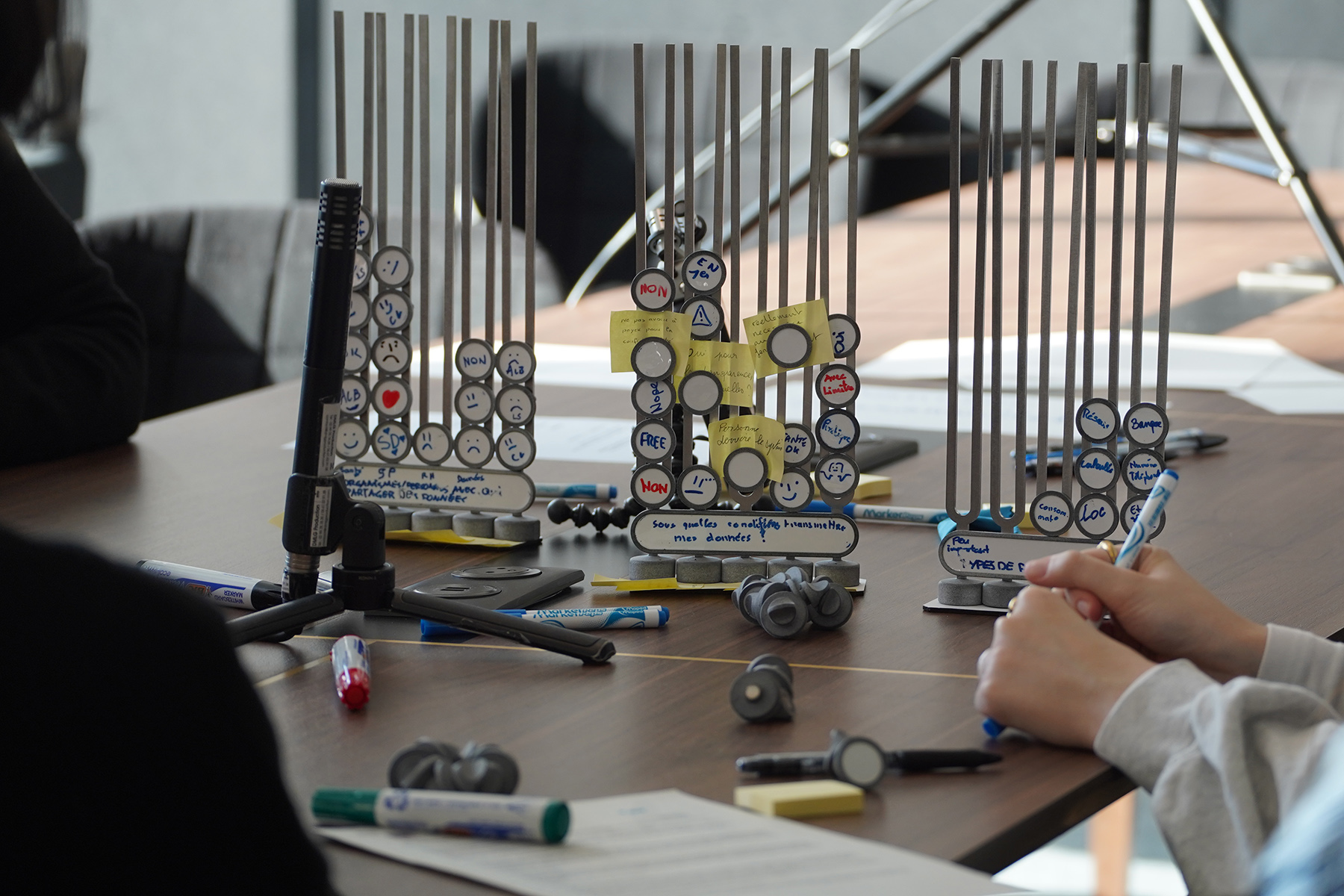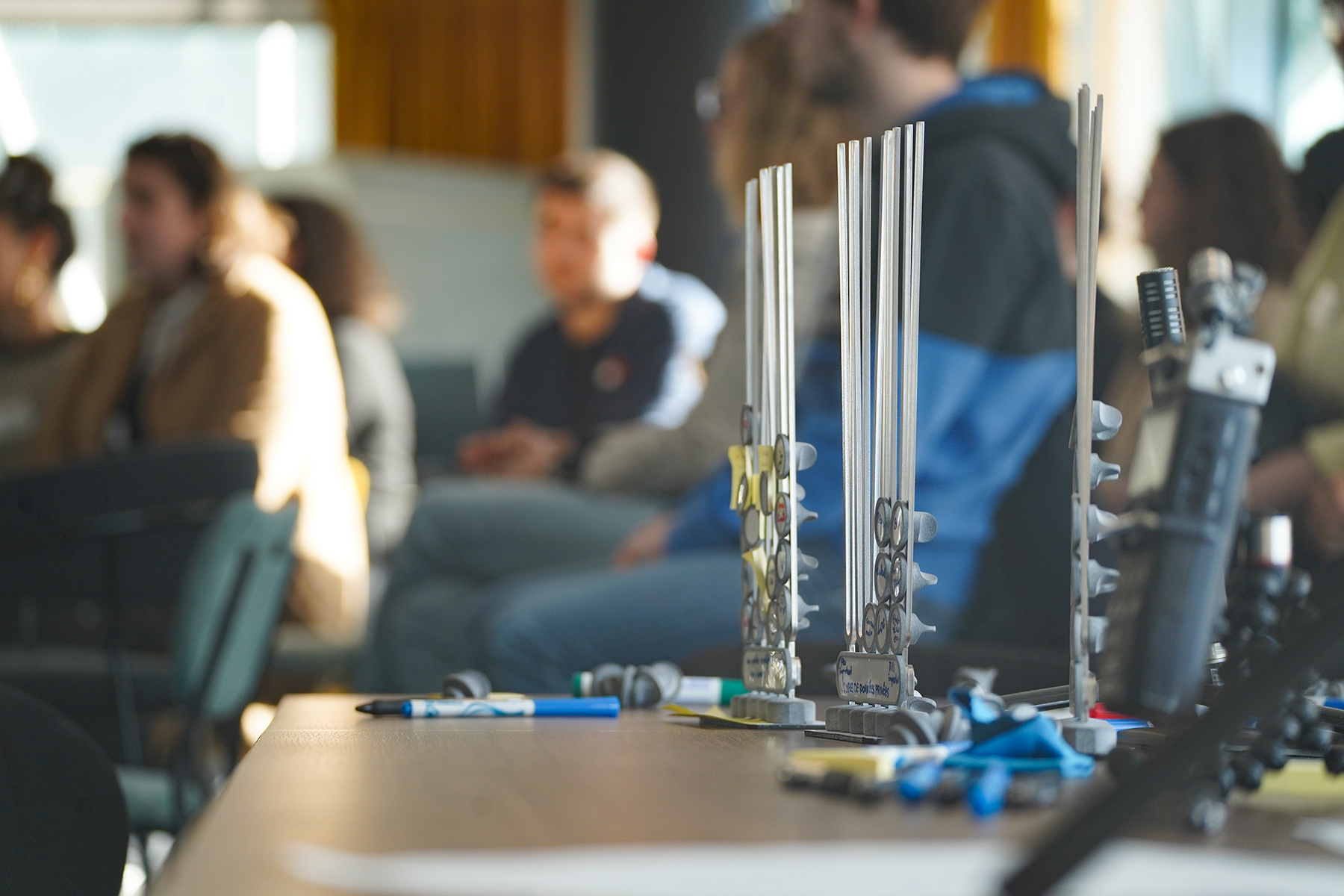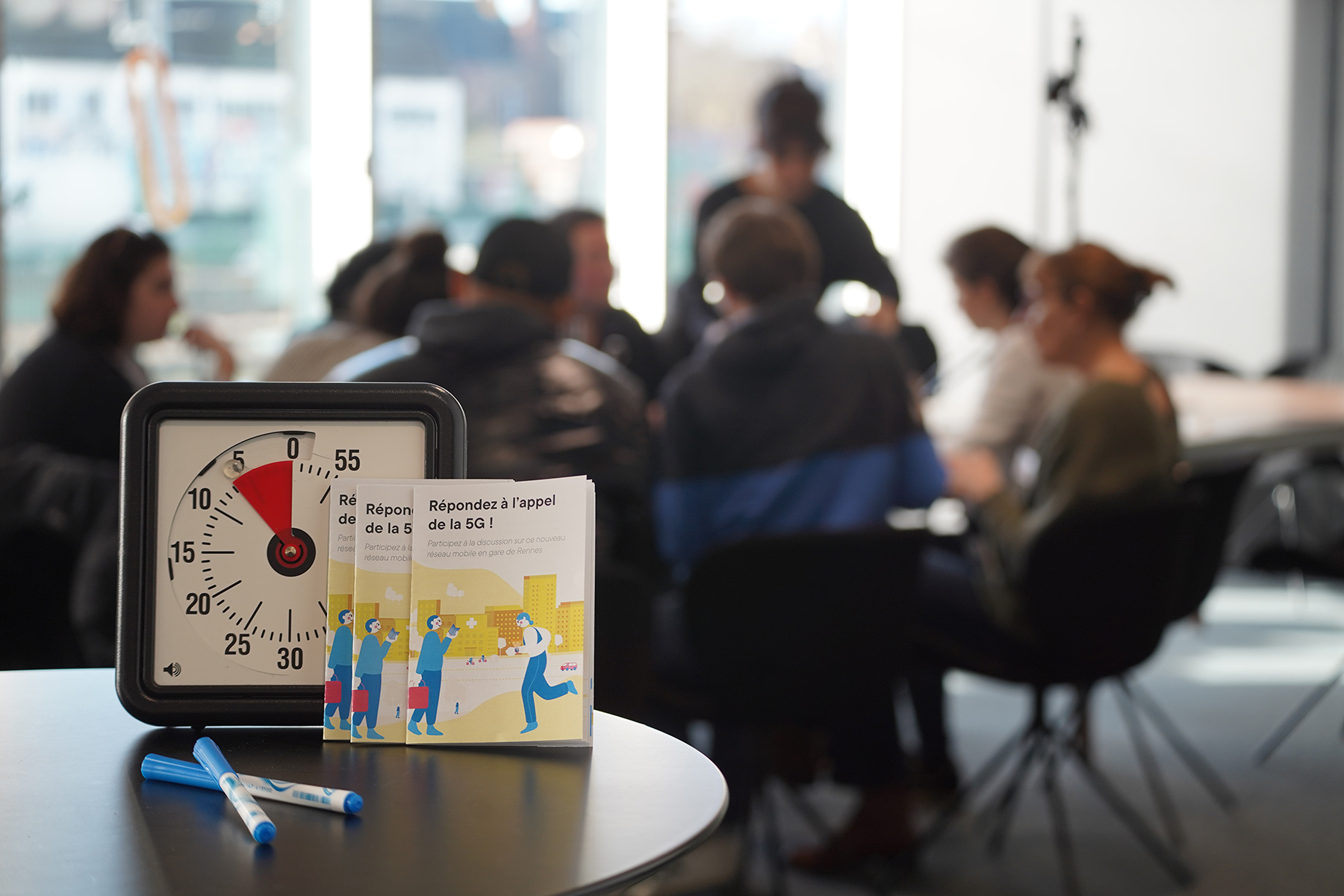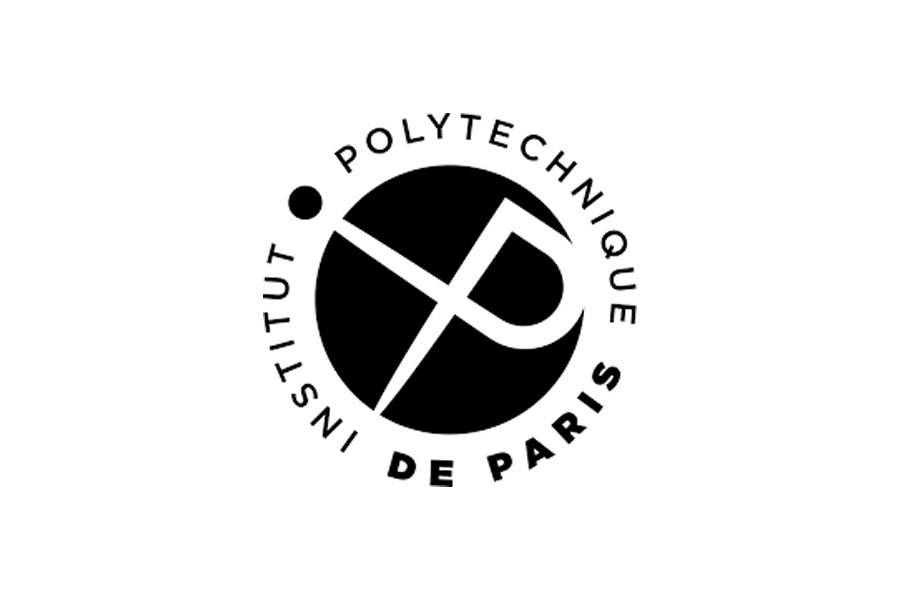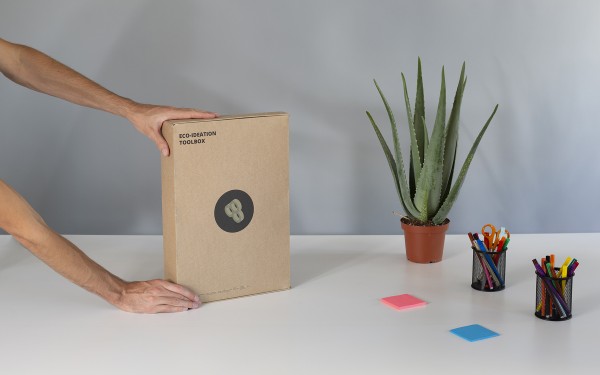Since the 1990s, each decade has seen the emergence of a new generation of mobile networks, always accompanied by new uses. More powerful than previous generations, 5G is enabling the digitization of society and paving the way for new applications. Technology, healthcare, transport, industry, smart cities, energy, agriculture - all these fields are progressing thanks to the deployment of 5G. This mobile network is accelerating the development of virtual reality, telemedicine, autonomous driving and industrial robots, for example. 5G is also helping to control road traffic, optimize energy use and install intelligent sensors.
Within SNCF, three sites are being tested for the deployment of this new mobile network: Rennes station, for daily applications for users, and the Technicentres, industrial and maintenance, for teleoperation, video surveillance and robotics. These experiments are being carried out as part of the Living Lab 5G project. It aims to explore the challenges of new connectivity technologies, in particular the sharing of new personal data required for new uses by industry, businesses and the general public.
To encourage dialogue between researchers, industrialists and citizens, the project's initiators and funders (BPI, SNCF, Institut Mines Télécom Paris, Nokia and Orange) have mobilized a team of researchers and Guillian GRAVES (Big Bang Project agency, supported by Studio Samedi, Les Raisonné-e-s and La Belle Éthique) to imagine and develop tools to facilitate informed debate between stakeholders, including citizens.
These tools, some of which are physical devices based on the results of research carried out at the Institut Mines Télécom Paris on the visualization and material representation of complex data, make information accessible to as many people as possible to facilitate discussion. Tested and improved during four debates conducted in 2024 around personal data in the context of 5G, these tools aim to stimulate reflection on the new uses enabled by this technology and the challenges it poses, as well as to improve the design of tools enabling citizens to better understand complex data thanks to improved visualization.

